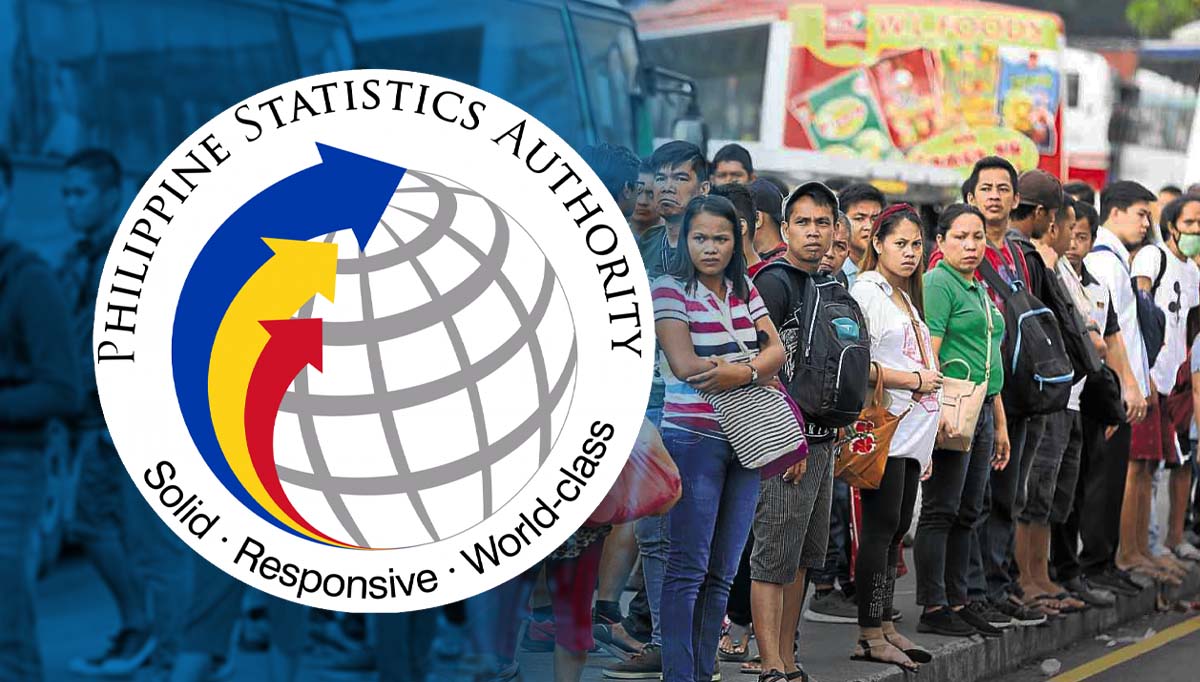PSA data: More Filipinos in urban areas at pandemic’s onset in 2020
MANILA, Philippines — The majority of Filipinos were stuck in urban centers at the onset of the pandemic in 2020, which left many vulnerable to poverty and joblessness when much of the economy was shut down during the most stringent COVID-19 lockdowns.
Data released by the Philippine Statistics Authority (PSA) on Tuesday showed that 58.93 million or 54 percent of the total 109.03 million recorded Philippine population in 2020 lived in urban barangays. This was based on the census of population conducted by the PSA that year.
Compared with the prior census in 2015, the number of Filipinos living in urban areas increased from 51.73 million.
The remainder of 50.1 million or 46 percent of Filipinos lived in rural barangays in 2020, the PSA said.
Back in 2015, the share of the Filipino population living in urban barangays was 51.2 percent while 48.8 percent lived in rural areas.
At the height of the COVID-19 quarantines which shuttered thousands of businesses and shed millions of jobs, the previous Duterte administration enjoined residents of the most densely populated region Metro Manila, where infections surged, to return to their home-provinces and restart their livelihoods there.
Besides the National Capital Region (NCR), Calabarzon, Davao Region, Central Luzon, as well as Soccsksargen, have urbanization levels which exceeded the national level of 54 percent.
NCR, Calabarzon, and Central Luzon were among the regions accounting for about 75 percent of the economy which had been placed under the strictest enhanced community quarantine (ECQ).
The provinces with the highest urbanization rates – Rizal, Bulacan, Laguna, Cavite, and Pampanga – likewise belonged to these regions subjected to ECQ.
The regions with the lowest levels of urbanization were Eastern Visayas, Cagayan Valley, Bicol Region, Ilocos Region, and the Bangsamoro Autonomous Region in Muslim Mindanao (BARMM).
The PSA nonetheless said the so-called “tempo of urbanization” slowed to 2.4 percent between 2015 and 2020, from 4.6 percent during the period 2010 to 2015.
“The urban population of the Philippines increased at an average of 2.8 percent annually during the period 2015 to 2020. In comparison, it is lower than the 4.1-percent average at which the urban population of the country grew annually during the period 2010 to 2015. Moreover, the rural population improved by 0.4-percent annually between the period 2015 to 2020 from a 0.5-percent annual decline between the period 2010 to 2015,” the PSA said.
RELATED STORIES Inflation for June 2022 hits three-year high of 6.1 percent — PSA PSA: Inflation not done with PH, shrinks peso value
For more news about the novel coronavirus click here.
What you need to know about Coronavirus.
For more information on COVID-19, call the DOH Hotline: (02) 86517800 local 1149/1150.
The Inquirer Foundation supports our healthcare frontliners and is still accepting cash donations to be deposited at Banco de Oro (BDO) current account #007960018860 or donate through PayMaya using this link.

